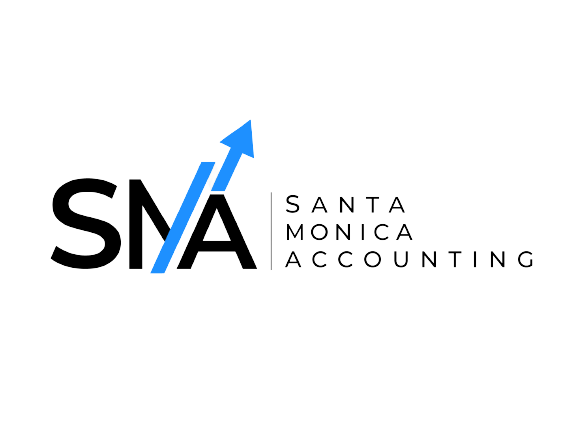In the realm of accounting and business transactions, understanding how assets and businesses are acquired is crucial. One fundamental aspect of this process is the purchase method, which governs how acquisitions are accounted for in financial statements. This method is particularly important in mergers and acquisitions (M&A) and has significant implications for financial reporting and decision-making. This comprehensive guide explores the purchase method in detail, covering its definition, application, implications, and regulatory framework.
This is an info box
Definition of Purchase Method
The purchase method, also known as the acquisition method, is an accounting standard used to record the acquisition of one company by another. It is employed when one entity purchases a controlling interest in another entity, thereby gaining control over its operations and assets. This method requires the acquiring entity to consolidate the financial statements of the acquired entity into its own financial statements.
Historical Context and Evolution
The purchase method has evolved over time in response to changes in accounting standards and regulations. Historically, various methods were used to account for mergers and acquisitions, including the pooling of interests method. However, due to concerns over transparency and comparability, accounting standards bodies such as the Financial Accounting Standards Board (FASB) in the United States and the International Accounting Standards Board (IASB) globally have moved towards promoting the purchase method as the standard approach.
Key Elements of the Purchase Method
Application of the Purchase Method
Step-by-Step Process
- Initial Recognition: Upon acquiring control, the acquirer records the purchase price paid and identifies the fair values of the acquiree’s assets and liabilities.
- Fair Value Assessment: The acquirer assesses the fair value of identifiable assets acquired, including tangible assets like property and equipment, intangible assets like patents and trademarks, and identifiable liabilities such as accounts payable and accrued expenses.
- Goodwill Calculation: Goodwill is calculated as the difference between the purchase price and the fair value of net identifiable assets acquired.
- Consolidation Adjustments: The acquirer makes adjustments to align the financial statements of the acquiree with its own accounting policies, ensuring consistency and comparability.
- Ongoing Impairment Testing: Goodwill and other intangible assets with indefinite useful lives are subject to annual impairment testing to assess if their carrying values exceed their recoverable amounts.
Importance of the Purchase Method
| Financial Reporting and Transparency | Decision-Making and Strategic Planning | Regulatory Compliance |
|---|---|---|
| The purchase method enhances the transparency of financial reporting by providing stakeholders with a clear picture of the financial impact of an acquisition. By consolidating the financial statements of the acquiree, the acquirer presents a comprehensive view of its expanded operations, assets, liabilities, and financial performance. | For businesses, the purchase method facilitates informed decision-making and strategic planning. It allows management to evaluate the financial implications of an acquisition, including potential synergies, risks, and integration costs. This information is crucial for assessing the overall impact on profitability, cash flows, and shareholder value. | Adhering to the purchase method ensures compliance with accounting standards and regulatory requirements. Regulatory bodies such as the Securities and Exchange Commission (SEC) in the United States and the European Securities and Markets Authority (ESMA) in Europe mandate the use of standardized accounting practices to maintain consistency and comparability across financial statements. |
Challenges and Limitations
While the purchase method offers numerous benefits, it also presents challenges and limitations that businesses must navigate:
Complexity
The process of fair value assessment and purchase price allocation can be intricate and resource-intensive, especially in acquisitions involving diverse assets, liabilities, and intangible assets. Valuing intangible assets such as intellectual property, customer relationships, and brand value requires specialized expertise and thorough analysis. The complexity increases when dealing with multinational acquisitions or when regulatory requirements vary across jurisdictions.
Subjectivity
Determining fair values involves subjective judgments and estimates, which can introduce a degree of uncertainty into financial reporting. Differences in valuation methodologies or assumptions can impact the reported values of assets and liabilities, potentially leading to disagreements with auditors or regulatory authorities. Organizations must disclose the key assumptions used in the valuation process to enhance transparency and mitigate risks associated with subjective judgments.
Integration Risks
Successfully integrating the operations, systems, and corporate cultures of the acquirer and acquiree is critical to realizing anticipated synergies and financial benefits from the acquisition. Integration risks include operational disruptions, technological challenges, and human resource issues such as retaining key talent. Poorly managed integration processes can undermine the strategic rationale behind the acquisition, leading to underperformance or failure to achieve projected financial outcomes. Effective integration planning and execution are essential to minimize risks and maximize the long-term success of the combined entity.
Conclusion
In conclusion, the purchase method is a fundamental accounting standard used to record and report acquisitions in business transactions. It ensures transparency, comparability, and compliance with regulatory requirements while providing stakeholders with valuable insights into the financial impact of mergers and acquisitions. Despite its complexities and challenges, the purchase method remains essential for businesses navigating the dynamic landscape of global markets and strategic growth opportunities. As businesses continue to evolve and expand through acquisitions, understanding and effectively applying the purchase method will remain crucial for achieving long-term financial success and stakeholder value creation.

Thank you for reading with SMA!
Seeking help with your bookkeeping and accounting?
We’re right here for you!
